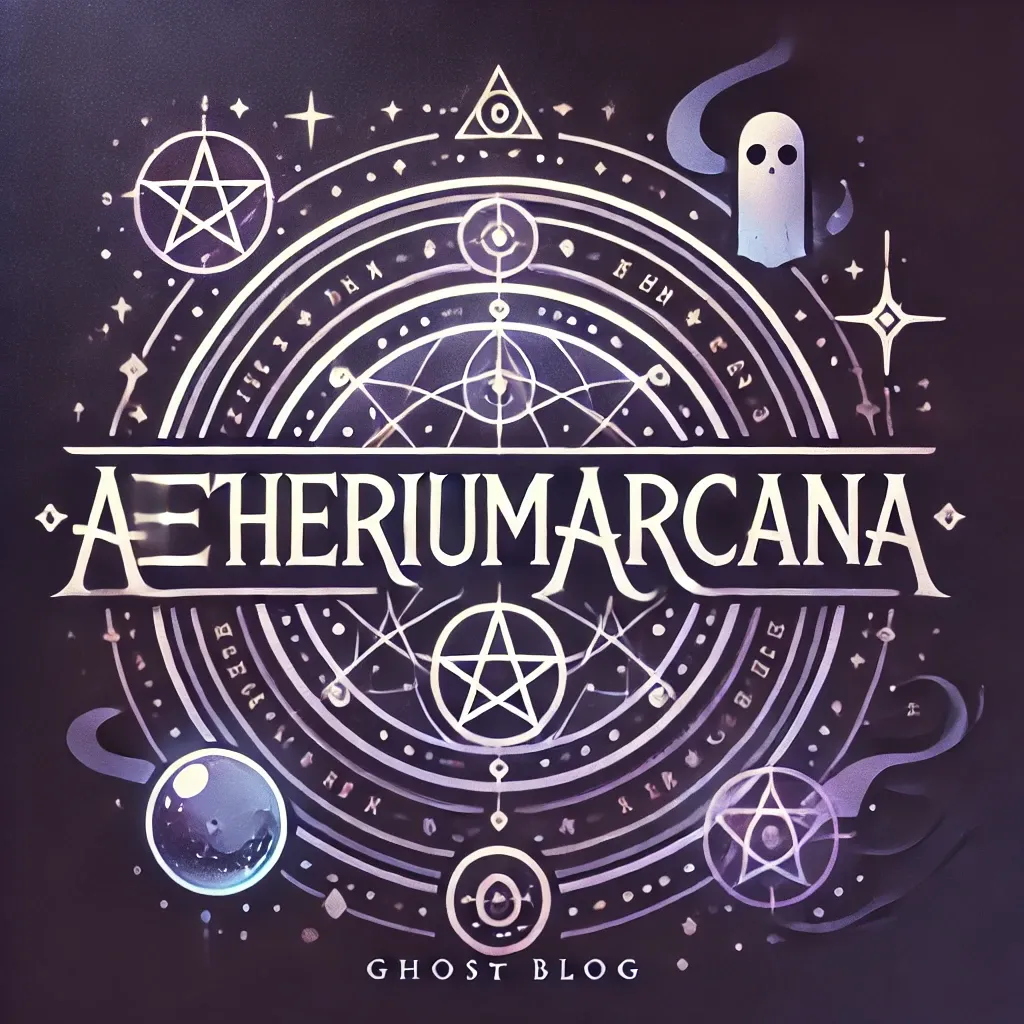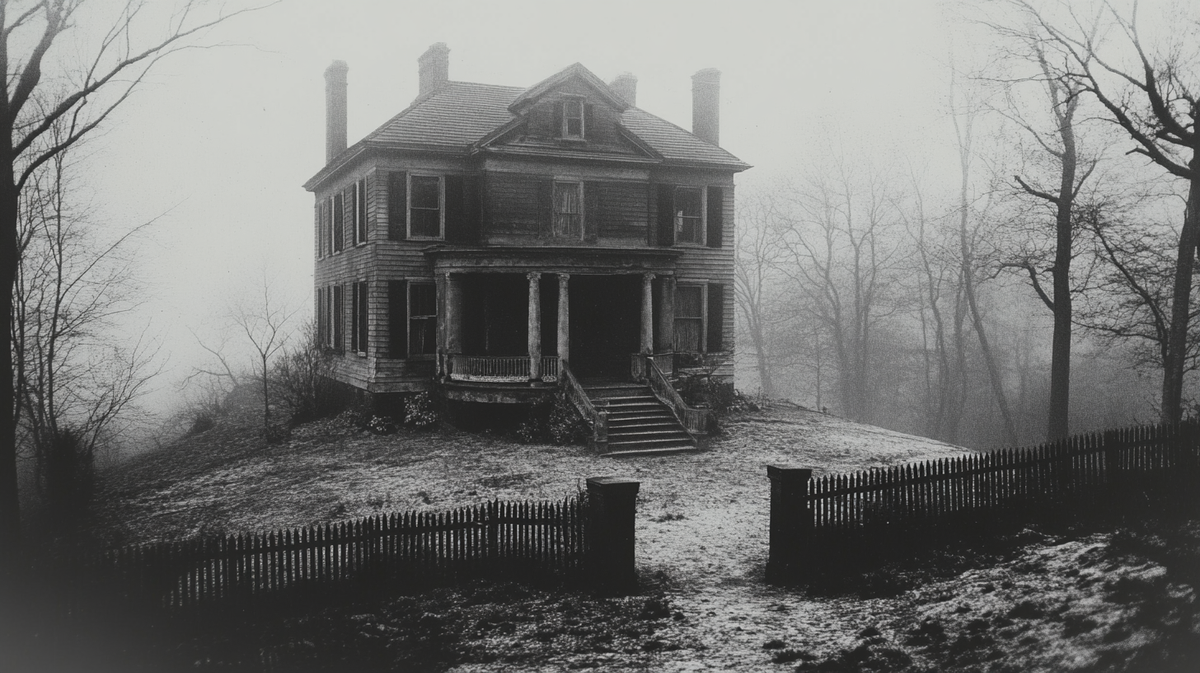The Life and Horror Literature of Nathaniel Hawthorne
In the shadowy half-light of early American literature, no figure looms quite like Nathaniel Hawthorne—a man born into the cold stone of Puritan Salem, haunted by ancestral guilt, and driven to peel back the fragile veneer of morality to reveal the deep and terrible ambiguities of the soul beneath. While rarely classified strictly as a horror writer, Hawthorne’s tales drip with dread, secret knowledge, dark pacts, and the supernatural weight of sin. In many ways, he was America’s first true literary horrorist, though his monsters wore no claws and roamed no castles. Instead, they emerged from the human conscience—guilt, repression, pride, obsession—and took up residence in church pews, laboratories, and lonely New England woods.
Born in 1804 in Salem, Massachusetts, Hawthorne’s very birthright was steeped in unease. His great-great-grandfather, Judge John Hathorne, had been an unrepentant interrogator during the Salem Witch Trials of 1692. That legacy of persecution and moral absolutism cast a long shadow over the young writer’s identity. He would later add a “w” to his surname—becoming “Hawthorne”—as a symbolic act of separation from his infamous lineage. Yet he never escaped the influence of Puritanism. Instead, he made it the raw material of his art.
Hawthorne’s early life was marked by solitude and introspection. After his father died when Nathaniel was only four, the family lived in near-seclusion, and young Hawthorne spent much of his time reading, walking in the woods, and observing the dark undercurrents of his community. After graduating from Bowdoin College in 1825, he returned to Salem and began writing fiction, often anonymously. These early works, later collected as Twice-Told Tales (1837), introduced his lifelong themes: secrecy, inherited sin, the cost of knowledge, and the slippery border between the natural and the supernatural.
What makes Hawthorne’s fiction so essential to American horror is not just its gloom, but its ethical intensity. In stories like Young Goodman Brown, The Minister’s Black Veil, and Ethan Brand, Hawthorne explores the terror that arises not from monsters, but from the realization that evil may reside in ourselves, or in those we most revere. In Young Goodman Brown, a man wanders into the forest and witnesses—or perhaps imagines—a witches’ sabbath attended by the entire moral leadership of his village, including his wife. The horror comes not from the devil’s presence, but from the collapse of Goodman Brown’s trust in humanity. He returns home a broken, paranoid man, forever changed by a single night of perceived revelation. This unresolved tension between vision and reality exemplifies a core Gothic motif, which Hawthorne evokes with haunting elegance.
Similarly, The Minister’s Black Veil offers no explicit supernatural event, but it evokes the same emotional terrain: Reverend Hooper dons a black veil without explanation and never removes it. His parishioners grow fearful, then morbidly curious. The veil becomes a symbol—of hidden sin, of moral hypocrisy, of the isolating weight of spiritual self-awareness. It is a story that haunts because of what it suggests but never fully discloses. Hawthorne was not interested in cheap thrills; his horror is existential.
In The Birthmark, perhaps his most allegorical and uncanny tale, Hawthorne presents a man of science obsessed with perfection. Aylmer, a brilliant alchemist, becomes fixated on removing a small birthmark from his beautiful wife’s cheek—a flaw he comes to see as an affront to his ideal of purity. His scientific attempts succeed, but the process kills her. The tale operates as both a critique of Enlightenment hubris and a proto-science fiction horror story, with echoes of Frankenstein and modern bioethics. The horror lies in man's compulsion to play God, to violate nature in the name of beauty or purity, and the tragic cost that often follows.
These tales, though brief, form the philosophical core of Hawthorne’s Gothic. But it was in his longer works, particularly The House of the Seven Gables (1851), that he most fully embraced the architecture and atmosphere of horror. Set in a decaying colonial mansion cursed by ancestral wrongdoing, the novel reads like a ghost story filtered through a lens of historical guilt. It features all the trappings of Gothic fiction—ancestral curses, hidden rooms, family secrets—but roots them in distinctly American soil. The Pyncheon family’s decline mirrors the moral rot at the heart of their legacy: the house was built on stolen land, its wealth tainted by injustice. Hawthorne’s message is clear: the sins of the fathers will haunt the children.
Even The Scarlet Letter (1850), his most famous and “realistic” novel, is built on the scaffolding of horror. While not supernatural, the novel’s atmosphere is suffused with psychic terror: Hester Prynne’s embroidered “A” may not burn, but it brands her soul; Dimmesdale’s guilt physically wastes him away; the mysterious forest becomes a liminal space where society’s rules break down and hidden truths emerge. The novel explores themes of hidden transgression, the performative nature of repentance, and the destructive consequences of internalized shame. In this sense, The Scarlet Letter is a horror story of the conscience—more than enough to place it within the darker traditions of literature.
Hawthorne’s impact on the horror genre is subtle but profound. He did not write about vampires, werewolves, or cosmic beings, but he helped invent moral horror—a mode of storytelling in which the true terrors are guilt, isolation, secrecy, and the ambiguity of good and evil. His influence can be felt in Edgar Allan Poe’s psychologically driven nightmares, in Henry James’ ghostly tales of repression, and in Shirley Jackson’s suburban terror. Even H.P. Lovecraft, who professed a distaste for moralism, owed something to Hawthorne’s conception of New England as a landscape haunted not just by ancient ruins but by inherited sin and spiritual rot.
Hawthorne’s horror operates through a precision of form that mirrors the psychological and ethical tensions within his characters. His narratives often hinge on symbolic compression—objects like the black veil, the forest path, or a birthmark serve as tightly coiled metaphors through which vast moral and spiritual conflicts unfold. Temporal ambiguity, nested narrators, and dreamlike settings destabilize the reader’s footing, inviting multiple interpretations while refusing closure. Hawthorne’s style is elliptical and deliberate, favoring implication over revelation, and silence over spectacle. In his most terrifying tales, horror is not dramatized but implied—lurking just beneath the surface, encoded in the very structure of the storytelling. The form doesn’t just convey horror; it enacts it.


Member discussion: